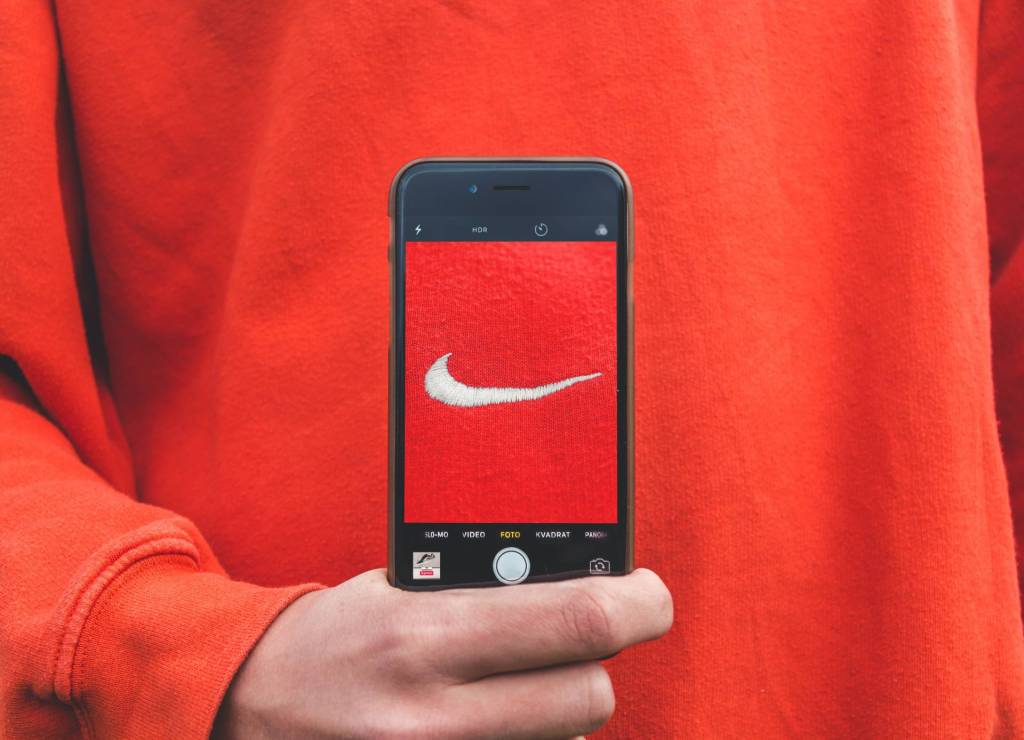Picture this. You are at a networking event. Business cards in hand. Ready to make new contacts. How do you introduce yourself? What is your conversation starter? Like most people it’s probably this: “My name is… I’m a… (fill in the blank with your job title!)
 We often fall into the trap of identifying ourselves by our job title. In many cultures, your business card is your identity and your title generally dictates how people will address you. Business cards are considered an extension of the individual – not just a tool to help you find somebody after you have met them. Even the formalities of exchanging a business in some cultures expresses the importance one places on a first encounter.
We often fall into the trap of identifying ourselves by our job title. In many cultures, your business card is your identity and your title generally dictates how people will address you. Business cards are considered an extension of the individual – not just a tool to help you find somebody after you have met them. Even the formalities of exchanging a business in some cultures expresses the importance one places on a first encounter.
However, while our job title is a valid representation of what we do, it actually groups us into the same category as everyone else doing the same type of job. Your title actually ‘commodifies’ you and people don’t get excited about commodities!
How can you avoid being a job title commodity and get people excited about you? Follow these 3 tips.
1. Sell an ‘experience’ not a title
Remove your job title in your LinkedIn, Twitter, Facebook, Google+, About.me profiles. Sell an experience that will give people a reason to follow, connect, friend, or add you to their circles. Instead of saying you are a “psychiatrist” tell others you are “The Shrink for Entrepreneurs who want freedom, wealth, and sanity” (@PeterShallard).
2. Make it unique
Find something that you are passionate about and connect it to your job. For example, I combine personal branding strategy with cycling imagery. I always thought of cycling as separate from my work, but everyone identifies me by my energy and passion for cycling. Therefore, I decided to demonstrate this uniqueness by using a cycling image on my business card as well as the tag line: “Personal branding with a spin.” This unique card attracts people to what I do. They are intrigued by how I connect cycling with branding and want to know more.
3. Differentiate from others
A great exercise you can use to uncover your differentiator is called ‘Same/Different.’ On a piece of paper, write down all the things in the “same” column that are similar between you and others doing the same type of work. In the “different” column right down what differentiates you. Finally, look at everything in the “different” column and mark all the items that are emotional attributes. These are the characteristics that provide the need and desire for people to connect with you rather than with others who have the same job or similar skill set.
Author:
Peter Sterlacci is known as “Japan’s personal branding pioneer” and is one of only 15 Master level Certified Personal Branding Strategists in the world. He is introducing a leading global personal branding methodology to companies and careerists in Japan and adapting it for the Japanese culture. In a culture where fitting-in is the norm, his mission is to pioneer a ‘cultural shift’ by helping Japanese to stand out in a global environment. His background spans over 21 years in intercultural consulting, international outreach, and global communication coaching.












